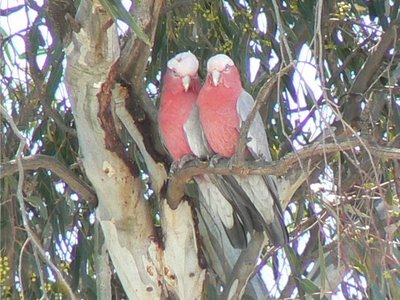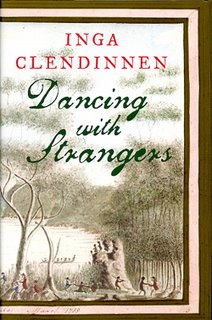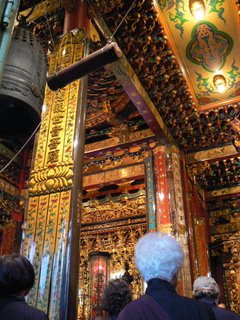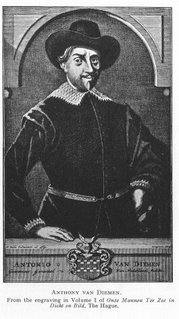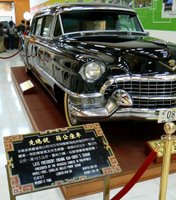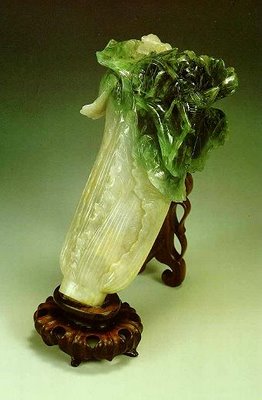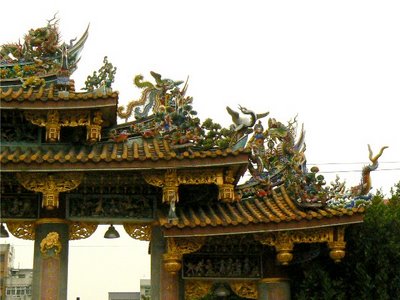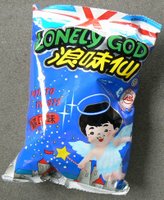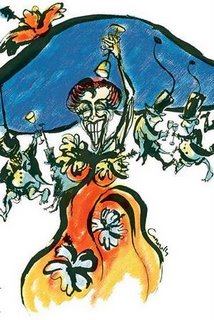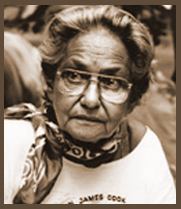But I'm not going to cross the great water. Turns out that mid-January is the highest of high seasons down here - summer holidays, of course - and all the cheap and even the not so cheap tickets to the US have long sold out. So I'm taking a roundabout route, via Japan! The fare, still pretty expensive though considerably better than the alternatives, requires stopovers in Tokyo. An inconvenience to most travelers, I imagine...
 And there I was thinking this was going to be the one year I wouldn't be making it to my old flame, Nippon, as I snuck off to get to know the Chinese and Indian worlds. Another jealous god, or perhaps 腐れ縁 (kusare-en) a karmic connection one can't break, come what may. Can you believe that this rail map of Tokyo and environs sets my heart aflutter?
And there I was thinking this was going to be the one year I wouldn't be making it to my old flame, Nippon, as I snuck off to get to know the Chinese and Indian worlds. Another jealous god, or perhaps 腐れ縁 (kusare-en) a karmic connection one can't break, come what may. Can you believe that this rail map of Tokyo and environs sets my heart aflutter?


